Understanding the MN Inspection Contingency on your Purchase Agreement
Understanding the MN Inspection Contingency on your Purchase Agreement
The Inspection Contingency on the Minnesota Purchase Agreement is one of the most important parts of the contract to purchase your new home. First of all, it is important that the buyer has the home inspected so they know what problems the home may have that need to be addressed immediately. It can also serve as a to-do list for minor issues that should be addressed but are not of immediate concern.
From the buyer’s perspective, this is the contingency that allows a deeper look at the house and gives them time to review all things that they haven’t had time to consider yet. Obviously first and foremost is reviewing the condition of the home. But it’s also a good time to go through city records to ensure permits were pulled for any updates. Buyers may want to learn more about the neighborhood. Some even pull police records on the home’s address. You may also want to check with your insurance provider to see if previous claims on the property will require higher costs paid by you. Should the buyer find anything they do not like they can cancel the purchase agreement as long as it is done within the time frame laid out in the Inspection Contingency and the purchase agreement is contingent on the inspection (see line 172 below).
Below I will walk you through the key parts of this contingency as it is laid out on the MN Purchase Agreement form on the bottom of page 4 and top of page 5.
Lines 170-172 state whether the buyer will perform an inspection on the property and whether or not this Purchase Agreement is contingent on that inspection. In almost all cases the buyer will choose to “Elect” an inspection and make the agreement so it “Is” contingent on that inspection. It should also be noted here that the buyer does pay for this inspection and if they decide not to move forward with the agreement after that inspection they are out those funds.
Lines 173-181 states that the buyer shall be able to choose whoever they would like to inspect the home and that they may not do an “intrusive” inspection unless permitted to do so on line 178. If the seller does allow intrusive testing the buyer must pay to have those areas repaired to their original condition. Examples of intrusive testing may be cutting out wallboard to check the condition behind it, or drilling holes in stucco to check the moisture content. This area also says that the seller will allow attic and crawlspace access which means they may have to cut through any area that has been weather sealed. In most cases, the buyer and seller will agree to non-intrusive testing and then if the inspection indicates there is reason to inspect certain areas deeper, they will agree in writing to extend the inspection time frame and allow for intrusive testing in those areas.
Lines 184-191 lay out what that inspection time frame will be. This is an important number that may need to be negotiated since the seller will want to get this contingency done and completed asap and the buyer will want to make sure they have enough time to get the inspector of their choice, have time to review the inspection, and possibly have time to get estimates with contractors before negotiating with the sellers.
Here’s how line 184 works. Say the number inputted here is “10.” If the Purchase Agreement is fully signed and agreed to on May 1 the buyer has the following 10 days to have the inspections completed and negotiate any items they would like repaired or would like a reduction in price for. If by the end of May 11th the buyer has not notified the sellers of these items through a signed amendment, they are buying the house and have missed the chance to ask for any remedies. On the other hand, if the buyer has had the inspection and found anything that has made them not want to move forward with the purchase, they should sign a Cancellation and have their Realtor deliver it to the sellers agent by May 11th.
Many times the buyer will ask for remedies through an amendment and they will not hear back from the sellers. Should this be the case in our example, without an amendment signed by both parties the buyer is purchasing “as-is.” So if the buyer has not heard anything by May 11th and does not want to move forward with the purchase unless these issues are addressed, they should get their signed cancellation delivered to the sellers by the end of the day (May 11th) or they will be paying for those repairs themselves. Often the seller will receive the cancellation and decide to negotiate the items so the sale can move forward. The important thing is the cancellation has been delivered within the stated time frame and protects the buyer’s interests by keeping to the terms of the contract.
Line 192-193 states whether the sellers shall have the right to continue marketing the home during the inspection time frame. For negotiating purposes on the buyer’s side, it’s usually a good idea to allow the sellers to continue to market the home. The buyer has an agreement on the home and no one else can purchase it away from them unless they decide to back out. From the seller’s side I think it makes sense not to continue to market the home during the inspection as nobody usually comes to see a home that is contingent due to an inspection and by doing so they are adding “Days on Market” should the buyer back out.
Lines 194-197 allow the buyers to add any other inspection details that may need to be agreed upon. These may include items like ensuring all electrical and water is turned on at the home during the inspection.
The best way to protect your investment in your new home is to hire a reputable inspection company and an experienced Realtor. Contact Minneapolis area Realtor Dan Kokesh for any questions you may have.
You may also be interested in:







